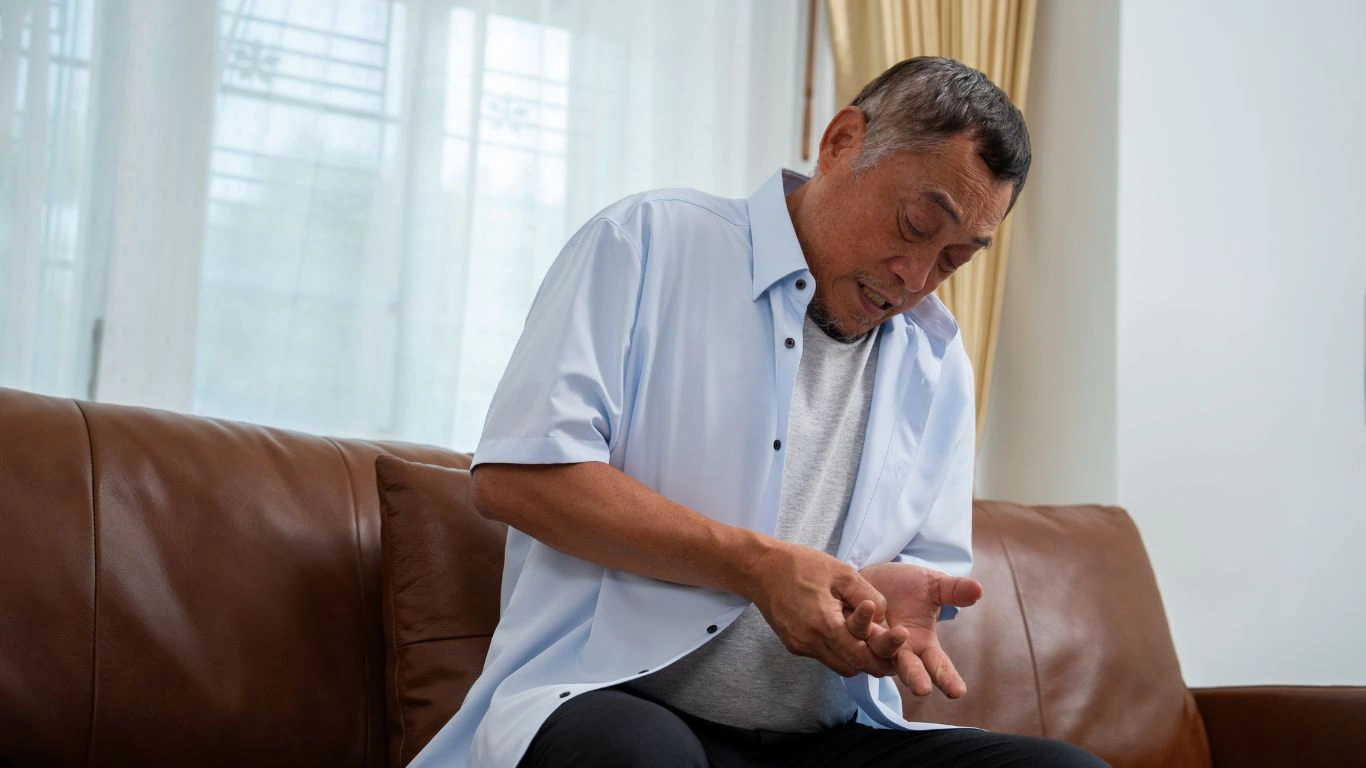Rheumatoid Arthritis Hacks That Actually Work (Backed by Experience)
If you’ve ever watched a patient with rheumatoid arthritis (RA) try to unscrew a stubborn jar lid or button a shirt on a flare day, you’ll know what I mean when I say: living with RA isn’t just about managing pain—it’s about navigating a hundred little challenges that most people take for granted. Over the years as a Rheumatology nurse practitioner, I’ve seen firsthand how powerful simple adjustments—what I like to call rheumatoid arthritis hacks—can be in restoring confidence, independence, and comfort in daily life. These aren’t just clinical guidelines from a textbook. These are practical, real-life strategies that have helped real people—my patients, and honestly, sometimes me too—get through the everyday grind with RA.
Making Daily Life Easier, One Hack at a Time
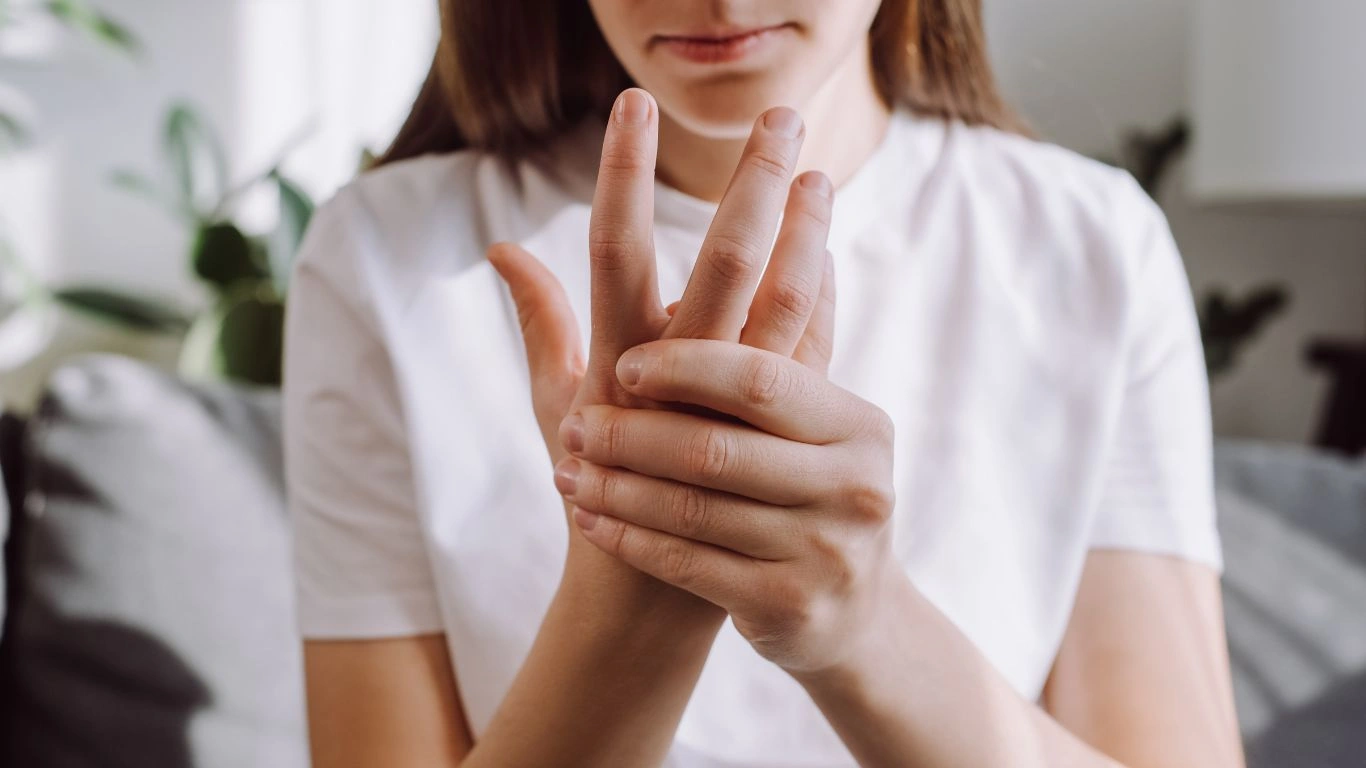
1. Start with Joint-Saving Tools That Actually Work
Okay, let’s talk gear. No, I’m not pushing some overpriced gadgets off a late-night infomercial. I mean tools that actually make life easier when your hands feel like they’ve betrayed you. RA often attacks the small joints in the fingers first—gripping, twisting, even typing can become a whole event.
- Jar openers with rubber grips – Seriously, lifesavers. I keep one in my kitchen drawer and another in my clinic to show patients.
- Spring-loaded scissors – One of my patients swears she wouldn’t make it through crafting without these.
- Button hooks and zipper pulls – Tiny tools, huge help for dressing independently.
We often underestimate how frustrating it is to rely on someone else for basic tasks. With these simple hacks, you can cut that frustration in half.
2. Don’t Underestimate the Power of Heat and Cold Therapy
This is one of those things that seems almost too simple, right? But I’ve seen so many patients light up after I walk them through how to use targeted heat or cold therapy correctly. It’s not just about slapping a heating pad on and hoping for the best.
- Warm paraffin wax dips – My absolute favorite for hand stiffness. A patient once described it as “wrapping your hands in a warm hug.”
- Gel ice packs after a long day – Especially after overuse or a flare, this helps calm inflammation.
- Microwavable rice socks – Cheap, DIY, and mold perfectly around joints like knees and elbows.
Just remember: heat for stiffness, cold for inflammation. It’s a small change in how you think about treatment, but it makes a big difference.
Rheumatoid Arthritis Hacks for Energy Conservation
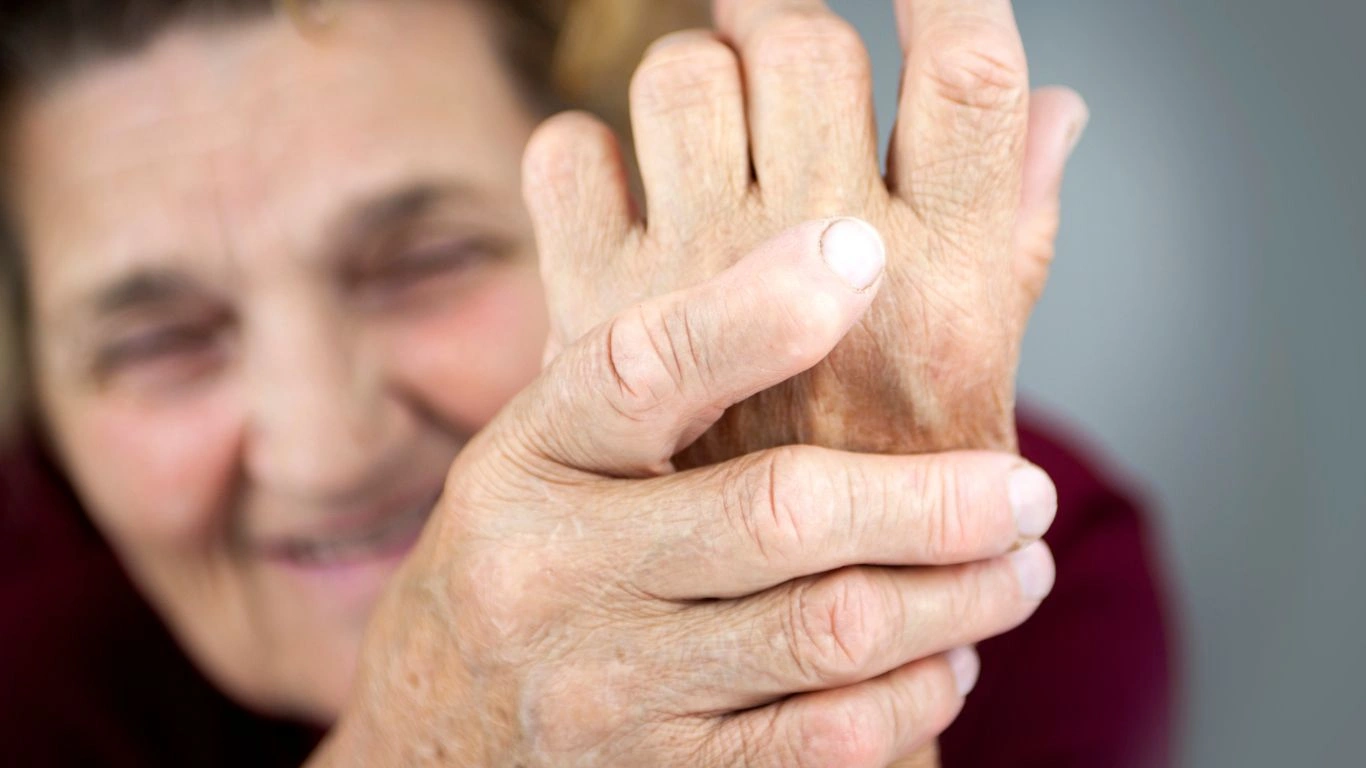
3. The Art of the “RA Rest Day”
I’ve had patients feel guilty about taking time off or needing naps. Let me be super clear: rest isn’t weakness, it’s strategy. Think of it like fueling up before a long trip. If you burn through all your energy reserves early in the day, you’ll crash hard—and probably flare.
- Use timers to pace your activities—set one for 20 minutes and take breaks whether you feel tired or not.
- Try the “two-for-one” method: every task you do should accomplish two goals (like folding laundry while watching your favorite show).
- Delegate where you can—this one’s hard, I know. But asking for help isn’t a weakness; it’s part of smart RA living.
Pro tip from a patient who’s also a mom of three: “Paper plates on flare days = sanity saver.” And honestly? She’s not wrong.
4. Prioritize Tasks Like a Boss
This hack is more mindset than tool. With RA, energy is a limited resource. So the question becomes: what’s really worth it today?
- Top 3 method: Write down your three non-negotiables for the day. Everything else is optional. Yes, really.
- Plan your high-energy tasks for your best time of day – For many people, that’s mid-morning.
- Give yourself permission to say no – This one might be the hardest. But boundaries are your new best friend.
RA is unpredictable, but having a loose structure gives you control back. And that, in itself, is empowering.
Nutrition Hacks That Actually Help with Rheumatoid Arthritis

5. Anti-Inflammatory Eating Without Going Nuts
Let’s be real—diet advice is everywhere, and a lot of it’s, well, garbage. I always tell my patients: don’t worry about perfection. Instead, focus on consistency and simplicity.
- Incorporate more omega-3s – Think salmon, chia seeds, flax oil. Even a quality fish oil supplement can help.
- Reduce ultra-processed foods – Your joints will thank you, trust me.
- Add turmeric with black pepper – My favorite easy win. Sprinkle it into soups, eggs, smoothies… whatever.
One of my longtime patients, who swore off every diet trend, started drinking golden milk before bed. Three weeks later, she said her morning stiffness had dropped by half. Placebo or not—she felt better, and that’s what matters.
6. Hydration: The Underrated RA Hack
Sounds boring, I know. But chronic dehydration can exacerbate fatigue and even make joints feel stiffer. It’s one of those basic hacks people forget because it feels too simple.
- Carry a water bottle with time markings – It’s a subtle reminder throughout the day.
- Infuse water with citrus, berries, or cucumber if plain water bores you.
- Set phone reminders if you need to—yes, really.
Think of water as internal WD-40. Doesn’t fix everything, but it helps keep things moving.
Mindset Shifts That Can Transform Life with RA

7. Give Yourself Permission to Feel Frustrated—Then Move Forward
Let’s not sugarcoat it—RA can be exhausting, and not just physically. The emotional weight of a chronic illness is real, and I’ve seen how much that mental strain can impact flares. One of the most underrated rheumatoid arthritis hacks isn’t even physical—it’s allowing space for your emotions without guilt.
- Start a “flare journal” – Jot down what’s happening emotionally alongside physical symptoms. You might be surprised by the patterns you find.
- Practice mini-meditations – Even just five deep breaths before reacting to pain can ground you. My go-to app? Insight Timer. Simple and free.
- Validate your struggle – I remind my patients often: you’re not lazy, you’re dealing with a real disease. Be kinder to yourself.
One of my long-time patients, who also happens to be a retired therapist, once told me, “RA doesn’t just live in the joints—it lives in the headspace too.” That stuck with me. And it’s so true.
8. Build Your RA Support Dream Team
Managing RA isn’t a solo sport. I’ve seen the difference it makes when someone has the right mix of people around them—from health professionals to family to others living with RA. Your “team” doesn’t have to be big, but it should feel safe and supportive.
- Find an experienced rheumatologist you trust—someone who listens, not just prescribes.
- Consider a therapist or counselor familiar with chronic illness. Mental health is part of joint health, too.
- Join a support group—online or in person. There’s something incredibly validating about hearing someone else say, “Same here.”
I’ll never forget one patient who said the turning point in her journey wasn’t a new medication—it was meeting a friend in a Facebook RA group who just “got it.” Connection matters.
Rheumatoid Arthritis Hacks for Better Sleep
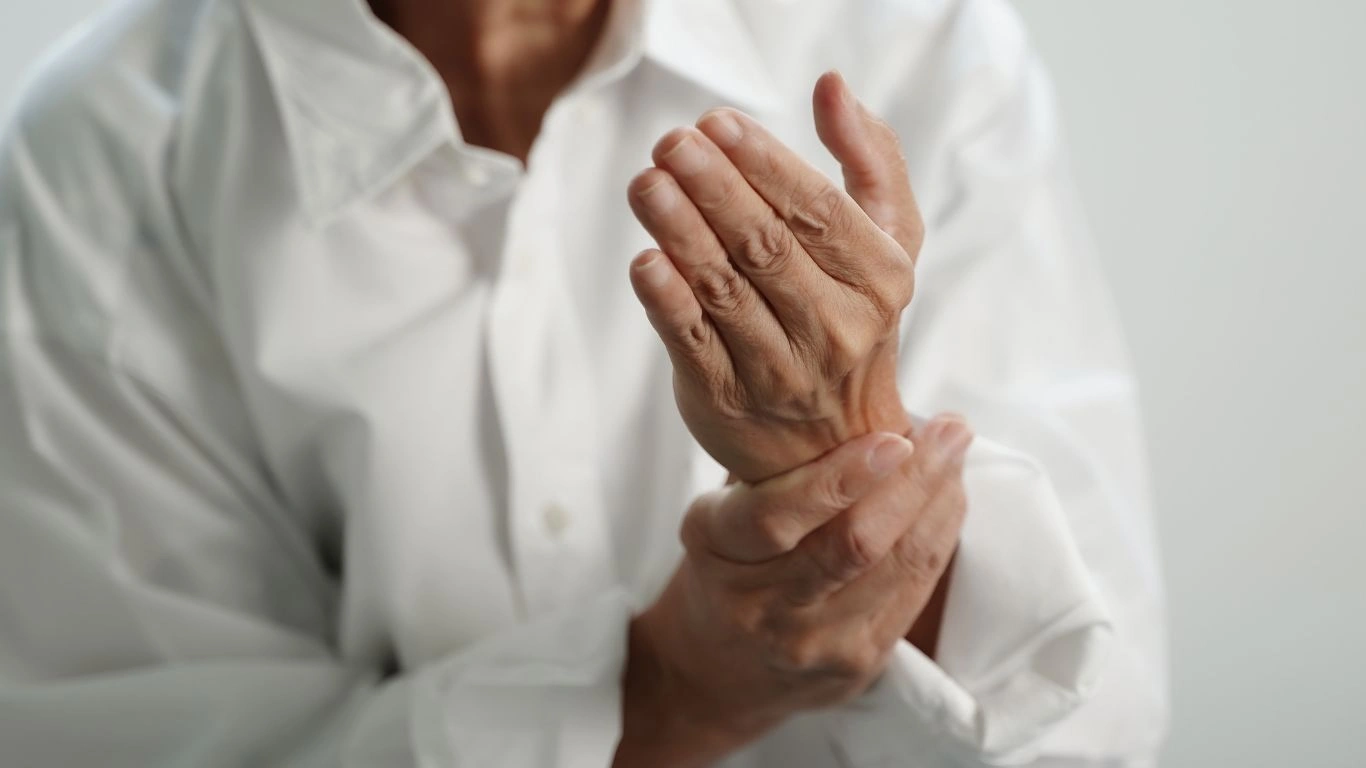
9. Fixing Sleep One Pillow at a Time
Poor sleep is one of the most common complaints I hear from people with RA. And honestly? It’s a vicious cycle—pain makes it hard to sleep, then lack of sleep makes the pain worse. But there are some solid hacks to break that loop.
- Body pillows – These are more than just cozy. They help support joints and reduce nighttime tossing that can trigger pain.
- Weighted blankets – I know they’re trendy, but several of my patients say they feel calmer and sleep deeper under one.
- Elevated leg wedges or arm pillows – Especially helpful for knee or elbow inflammation at night.
Also, cooling gel pads under your sheets can work wonders during those hot, swollen flare nights. I’ve had folks come back saying, “Why didn’t I try this sooner?”
10. Create a Sleep Ritual That Calms the Nervous System
This is one of my favorite non-medical approaches to managing RA. Your nervous system plays a huge role in inflammation and pain perception. Creating a calming bedtime ritual isn’t about being fancy—it’s about telling your brain and body it’s time to wind down.
- Limit screens for 1 hour before bed—blue light and inflammation don’t mix well.
- Stretch gently—especially wrists, hips, and spine. Think yoga poses like “legs up the wall” or “child’s pose.”
- Drink a magnesium-rich tea—chamomile + magnesium = magic combo.
I’ll be honest, even I was skeptical at first. But I’ve seen so many patients improve their sleep quality just by doing this consistently. And when sleep improves, everything else tends to follow.
Movement That Makes Sense for RA

11. Gentle Movement > No Movement
I get it—when your joints are screaming, the last thing you want to do is move. But hear me out. One of the biggest rheumatoid arthritis hacks I teach my patients is the idea of micro-movements. You don’t need to hit the gym. You just need to move in a way that feels doable.
- Chair yoga or tai chi – Incredibly joint-friendly and easy to modify.
- Stretching in warm water – This one’s a game changer. The buoyancy takes the pressure off.
- Set a movement timer – Just standing and stretching every 45 minutes can reduce stiffness.
I’ve worked with a patient in her 70s who swears by her daily five-minute dance party in the kitchen. She says it’s “just enough” to get the joints going and the mood lifted. And hey, if it works, it works!
12. Know When to Push and When to Pause
This is a big one. There’s a fine line between helpful movement and overdoing it. One of the key pieces of advice I give is: listen to your body, but also learn its patterns.
- If pain spikes and lasts more than 2 hours after activity—it was too much.
- If joints feel looser after light activity—that’s your green light to continue.
- If fatigue hits hard during movement—pause, hydrate, and reassess. It’s not failure; it’s smart pacing.
It might take some trial and error, but you’ll eventually learn your body’s signals. And once you do, it’s like unlocking a cheat code to managing RA more smoothly.
Smart Tech and Digital Tools That Support RA Living

13. Apps and Gadgets That Help Track Flares (Without Making You Crazy)
If you’re anything like a few of my patients, the thought of tracking symptoms sounds like a chore. I get it. But when done right, it can actually feel empowering—not overwhelming. The trick? Keep it simple and tech-friendly.
- RA-specific apps – Programs like RheumaTrack or MyRA let you log symptoms, track meds, and even export reports for your doctor (huge time-saver in appointments).
- Wearables – Think Fitbit or Apple Watch. Not just for steps—they also track sleep, heart rate variability (hello inflammation), and general movement trends.
- Voice assistants – My patients with wrist involvement love using Alexa or Siri to set reminders without lifting a finger (literally).
I had a patient who would forget her morning med constantly—until she set a smart light to blink green at 8 AM every day. Now she doesn’t miss a dose. Little tech tweaks like that can change the game.
14. Telehealth: A Blessing in Disguise
One thing the pandemic taught us? You don’t need to sit in traffic or a waiting room for every check-in. Telehealth has been a lifeline for so many of my RA patients—especially on flare days when just getting dressed is a battle.
- Schedule routine follow-ups virtually when your labs are stable.
- Use video calls to show your provider visible swelling or mobility issues—it helps us adjust treatment quickly.
- Always ask for virtual physical therapy options. Many clinics now offer online coaching for joint-safe exercises.
It’s okay to embrace convenience. In fact, I encourage it. Energy is precious when you’re living with RA—save it where you can.
Workplace and Productivity Hacks for People with RA
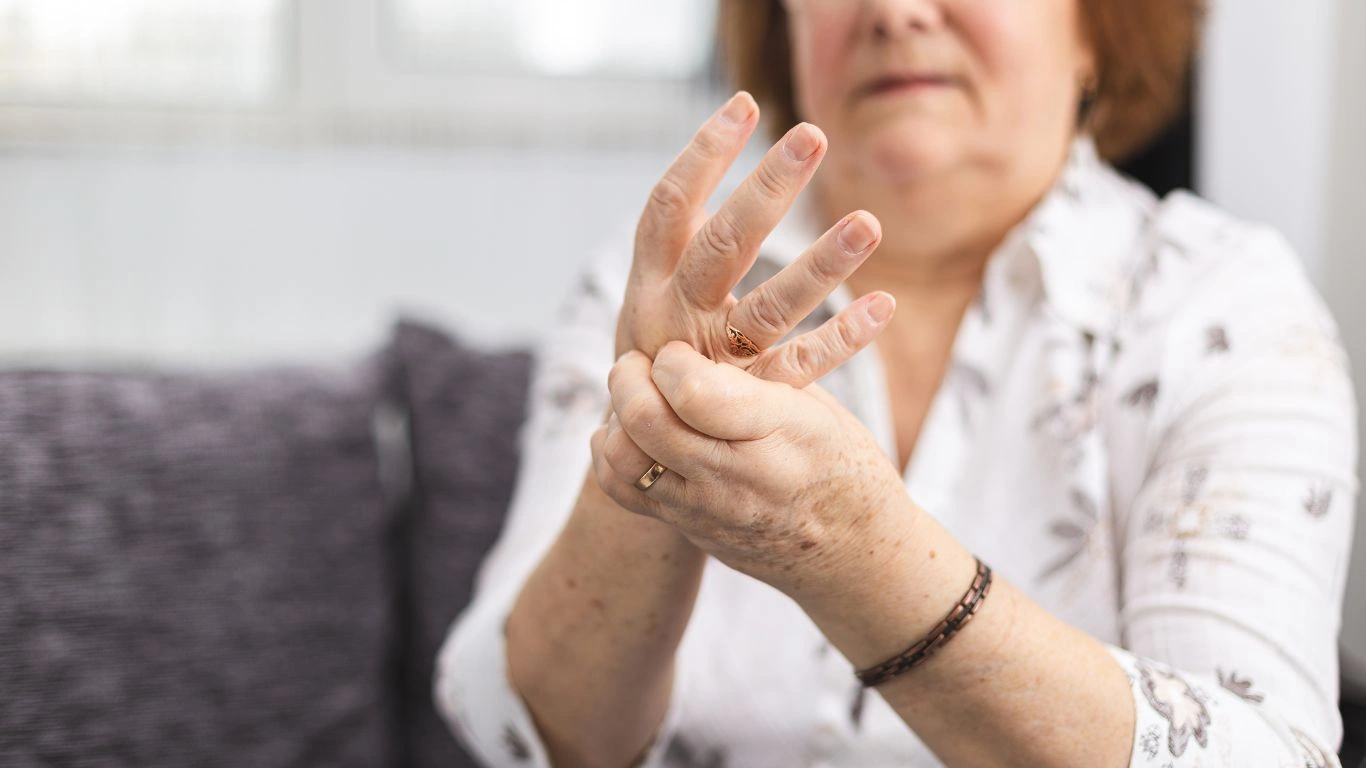
15. Create a Work Setup That Supports Your Joints
Whether you’re working from home or at an office, your setup matters—a lot. I can’t tell you how many patients have reduced joint pain just by making a few simple tweaks to their workstations.
- Use ergonomic keyboards and mouse options – They’re designed to reduce strain on wrists and fingers (goodbye carpal tunnel triggers).
- Get a chair with proper lumbar support – Adjustable height and armrests are key to relieving hip and back pressure.
- Raise your screen to eye level – No more craning your neck downward for 8 hours a day. Your spine will thank you.
I had one patient who DIY’ed her monitor stand with a shoebox until she could order the real deal. It worked. Sometimes it’s about progress, not perfection.
16. Take RA Breaks (Not Just Coffee Breaks)
This is a habit I coach a lot. You need joint resets throughout the day—little breaks designed not just for rest, but for mobility. I call them “RA Breaks.”
- Every hour, stand and stretch. Even 60 seconds helps prevent stiffness.
- Try hand-opening exercises—spread fingers wide, roll wrists gently, shake out tension.
- Do a quick neck or shoulder roll at your desk. Doesn’t matter if your coworkers stare—they’ll be doing it too soon enough.
And yes, this applies at home too. Cooking dinner? Pause halfway and stretch. Folding laundry? Do it sitting down. These tiny breaks build up and reduce evening flares.
RA Lifestyle Hacks That Boost Overall Well-Being
17. Find Joyful Movement That Isn’t About Burning Calories
This one’s close to my heart. I’ve seen people reclaim their confidence, strength, and mood through movement that feels good—not punishing.
- Swimming is hands down one of the best joint-friendly options out there.
- Gardening counts—especially if you use raised beds and padded kneelers.
- Walking with a buddy or a dog gets the joints moving and the endorphins flowing.
One of my patients joined a local adaptive dance class, and she swears it’s helped more than any prescription. If it brings you joy and keeps you moving, that’s your green light.
18. Find Purpose Outside the Pain
When I talk with patients who are thriving despite RA, there’s one common theme—they’ve found something meaningful outside of the illness. A hobby. A role. A mission.
- Volunteer work—whether online or in-person—adds structure and meaning to the day.
- Mentoring others with RA helps you feel less alone (and makes you a source of strength).
- Creative pursuits like journaling, knitting, photography… they shift the focus off pain and onto purpose.
RA may shape your life, but it doesn’t have to define it. You still have so much to offer—and honestly, you might be someone’s biggest inspiration and not even know it yet.
References
- National Institutes of Health
- Health.com
- Arthritis Foundation
- Centers for Disease Control and Prevention
Disclaimer
This article is intended for informational purposes only and does not substitute professional medical advice, diagnosis, or treatment. Always consult with your healthcare provider before making changes to your treatment or lifestyle plan.

Tarra Nugroho is a dedicated Nurse Practitioner with a strong foundation in family and preventive care. She brings both compassion and clinical expertise to her practice, focusing on patient-centered care and health education. As a contributor to Healthusias.com, Tarra translates medical knowledge into clear, empowering articles on topics like women’s health, chronic disease management, and lifestyle medicine. Her mission is simple: help people feel seen, heard, and informed—both in the clinic and through the content she creates. When she’s not caring for patients, Tarra enjoys weekend hikes, plant-based cooking, and curling up with a good health podcast.
